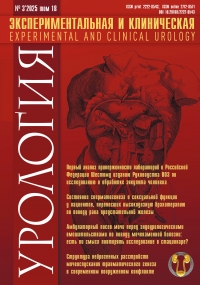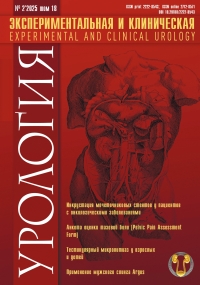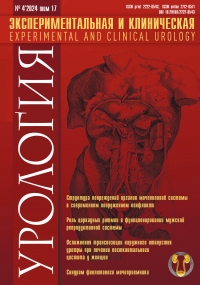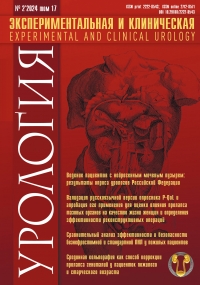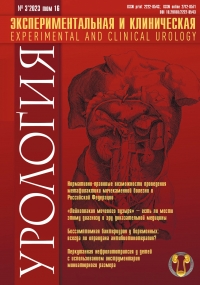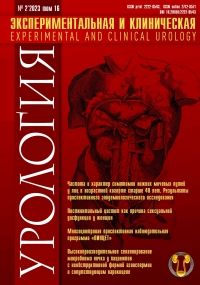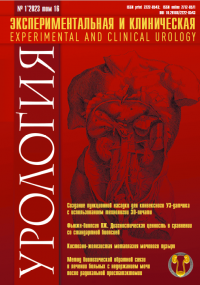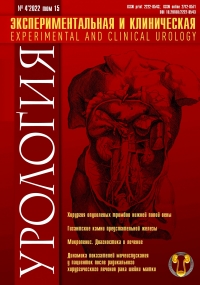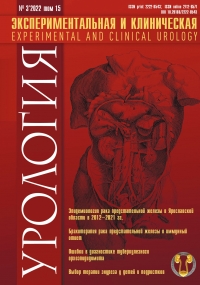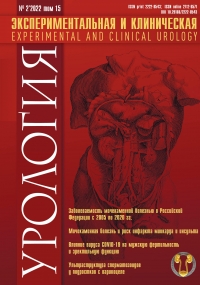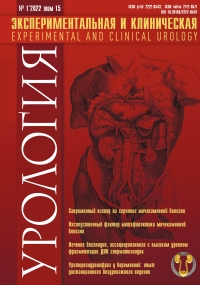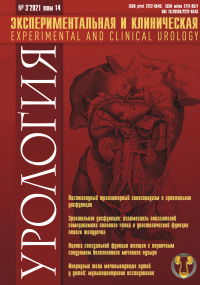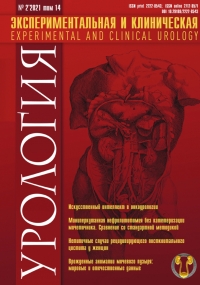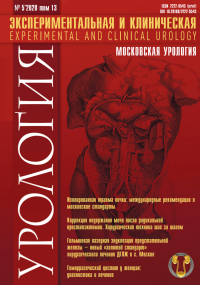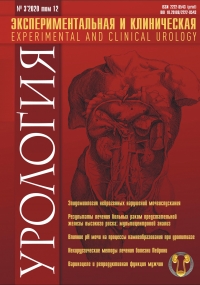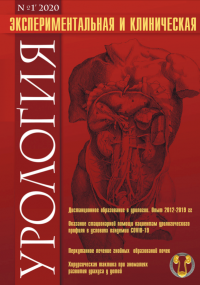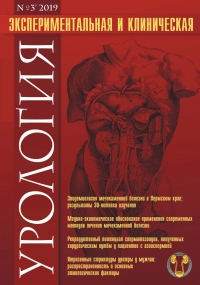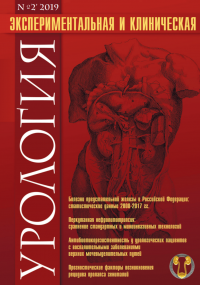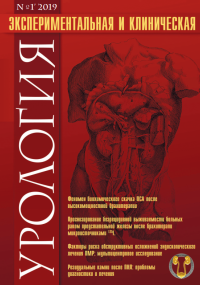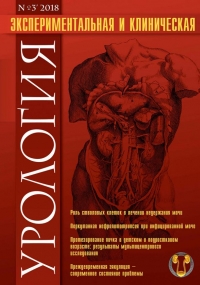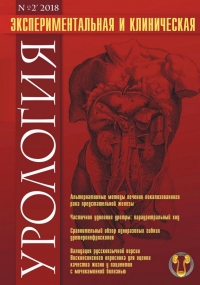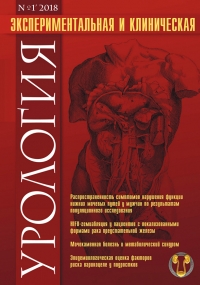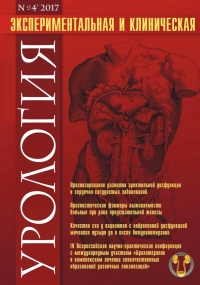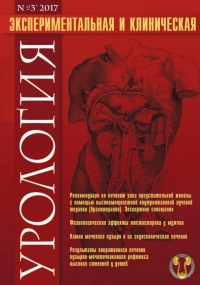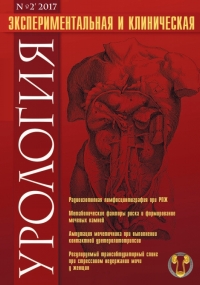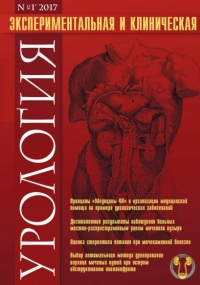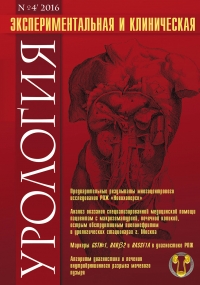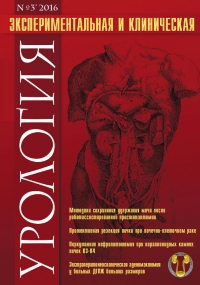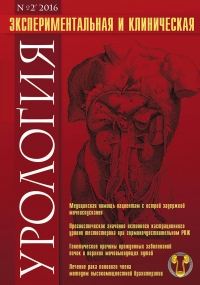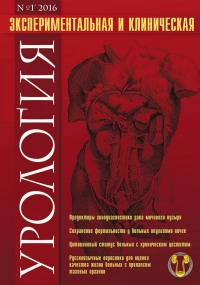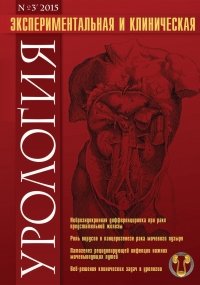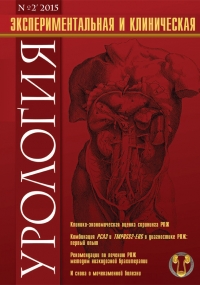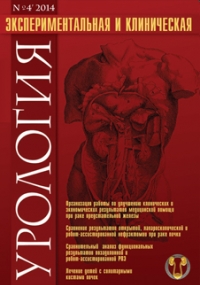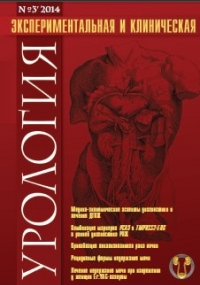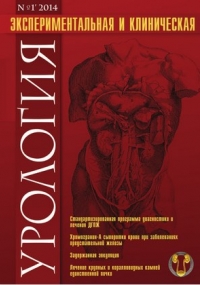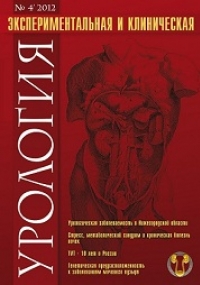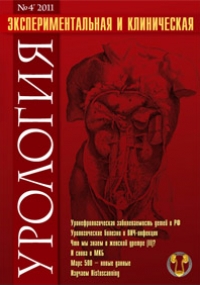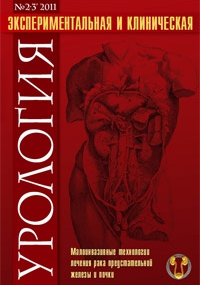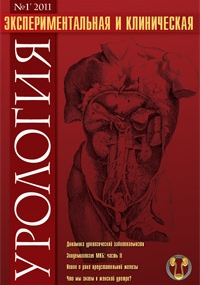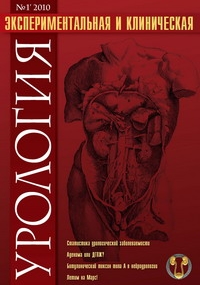Long-term results of application of synthetic mesh implants for treating urinary incontinence and pelvic organ prolapse in women
- Lоran O.B. – Dr. Sc., Professor, Academician of the RAS, Honored Scientist, Head of the Department of Urology and Surgical Andrology of Russian Medical Academy of Continuous Professional Education of the Ministry of Health of Russia, e-mail: olegloran@gmail.com
- Seregin A.V. – Dr. Sc., Professor, Honored Doctor of the Russian, Professor of the Department of Urology and Surgical Andrology of Russian Medical Academy of Continuous Professional Education of the Ministry of Health of Russia, e-mail: av_seregin@mail.ru
- Dovlatov Z. Asaf Ogly – PhD, assistant of the Department of Urology and Surgical Andrology of the Russian Medical Academy of Continuous Professional Education of the Ministry of Health of Russia, e-mail: dovlatov80@mail.ru
 1785
1785 Relevance. A small number of studies on long-term results of application of synthetic mesh implants for treating urinary incontinence (UI) and pelvic organ prolapse (POP) in women accounts for the rationale for this study.
Materials and methods. For treating 698 women with UI, four variations of sling surgery were used: retropubic tension-free vaginal tape (TVT); TVT procedure with the inside-out transobturator approach (TVT-O); transobulator tape technique (TOT) and the mini-sling system. Aer the surgery, the patients were monitored during 6 to 139 months (median – 79 months). 376 women with POP underwent surgery using the “Prolift” and “Prolift+M” systems. After the surgery, the patients were monitored during 6 to 146 months (median – 72 months). The results of treatment were evaluated in the following periods after the surgery: short-term (up to 1 year), middle-term (from 1 year to 5 years) and the long-term (more than 5 years). e success of treatment was defined according to the unbiased criteria: in patients with UI, the absence of involuntary cough-related loss of urine and 1-hour pad test were considered; in patients with POP, the absence of prolapse, according the POP-Q classification, was considered.
Results. The success rates of UI treatment are the following: short-term – 96.1% (671/698), middle-term – 93.1% (591/635), long-term – 86.2% (467/642). No significant differences between the variations of sling surgeries were observed in all periods of monitoring after the surgery, as seen from their effectiveness. Only the surgeon’s experience significantly affects the risk of the relapse (odds ratio (OR) – 2.53, with confidence interval (CI) = 95% 2.27-2.84). The success rates of POP treatment are the following: short-term – 98.7% (371/376), middle-term – 96.4% (346/359), long-term – 93.8% (303/323). No statistically significant changes between the systems of POP correction were revealed. Surgeon’s experience (OR – 1.92 with CI=95% 1.67-2.19) and POP stage (OR – 2.56 with CI 2.34-2.86) were found to be independent factors of relapse of the disease.
Conclusion. The use of modern synthetic implants for the management of UI and POP in women helps to achieve highly effective and safe treatment in the long term. The key factor affecting the outcomes of these low-invasive techniques is the surgical experience.
Authors declare lack of the possible conflicts of interests.
| Attachment | Size |
|---|---|
| Download | 243.43 KB |


